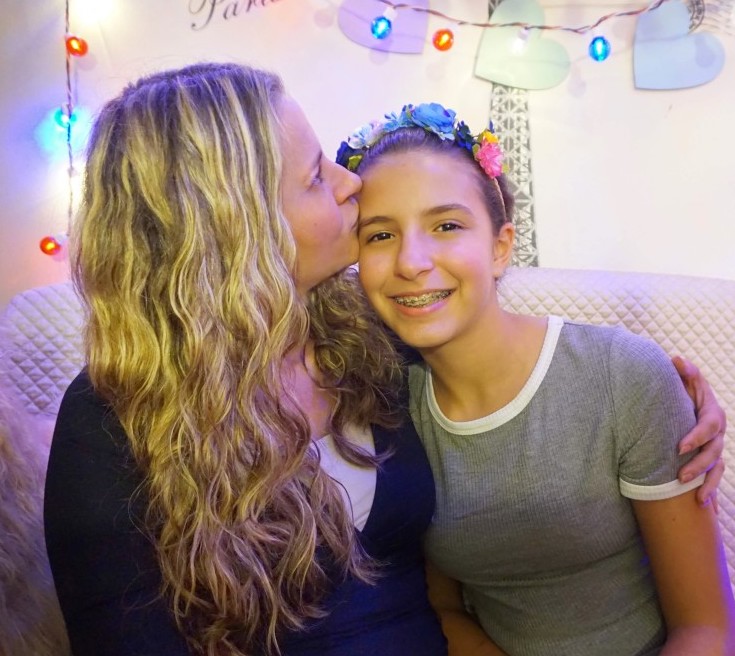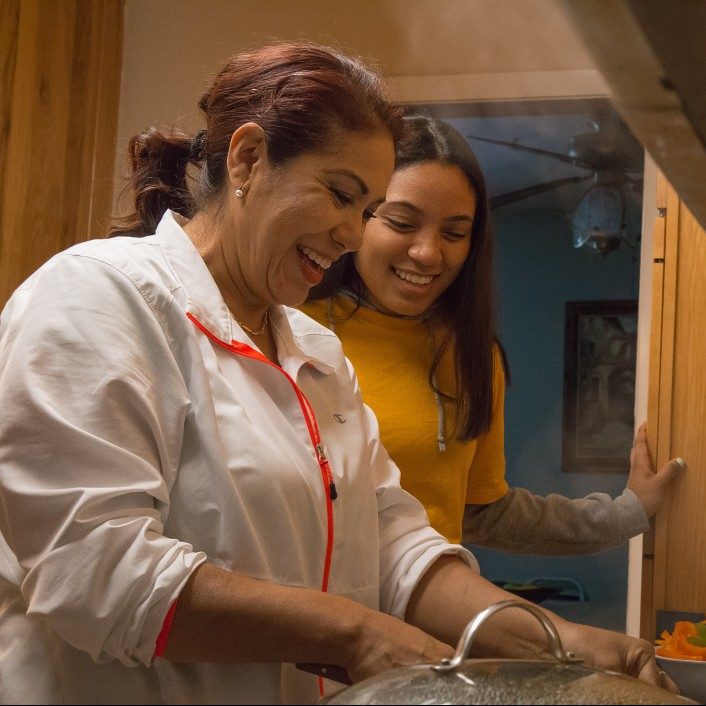 Parents often talk about how tough it is to talk to teenagers, how their kids won’t say anything or listen to them. Child and adolescent psychologist, family therapist, and author Shelja Sen shares five essential strategies that can make a huge difference in building a stronger connection.
Parents often talk about how tough it is to talk to teenagers, how their kids won’t say anything or listen to them. Child and adolescent psychologist, family therapist, and author Shelja Sen shares five essential strategies that can make a huge difference in building a stronger connection.
Use these strategies to communicate with your teen
1. Avoid these two words: “let’s talk.”
It seems like the most natural way to start a conversation. But when we say “Let’s talk” to our teenagers, alarm bells go off in their brains and the shutters come down, making it pretty much impossible for a meaningful conversation to happen. Look for your chat window — it might be while you’re driving them to their friend’s home, working in the kitchen or brushing the dog.
2. Ask; don’t tell.
In our anxiety to help them, we’re constantly telling our teenagers how they should talk, perform and behave. It’s far more important for us to ask them instead. Rather than saying, “You need to study — I can see that you’re not studying at all,” it can be more effective to ask, “How is preparing for your exams going?” When you tell teens what to do, they’ll usually push back. However, when you ask — in a calm and curious way — you’re sending them the message that you respect them and their ability to make the right choices, and that you honor their personal agency.
3. Respond from your heart.
This one can be tough — for instance, let’s say your teenager shared that she’s not ready for her exam and she’s worried about failing. Your immediate reaction may be to get angry and reprimand her with “I told you that you needed to study harder.” However, what she needs is for you to empathize. Instead, say something like, “This isn’t easy for you, is it?” When we empathize from our hearts, teens won’t feel blamed, shamed or judged, which makes them more likely to open up to us.
4. When you disagree, follow the you-I-we approach.
In all family relationships, there are bound to be conflicts. Teach your kids the subtle art of collaboration by going through these steps together:
- I listen to you and understand your perspective (even if I do not agree with it)
- I share my perspective as a parent (even if you do not agree with it)
- Then we sort this out together.
Let’s say you’re concerned about your son’s excessive use of computers, phones or electronic devices. Start by asking, “Can we talk about what’s happening here?” Then listen to him and try to let go of any preconceived ideas or judgements. After he’s said his piece, explain your point of view to him. Why does his behavior upset you? What impact do you see his actions having? Finally, the two of you should, together, negotiate a solution: the what, when and how much.
5. Apologize when you goof up.
All parents make mistakes with our children, especially with teenagers, since they’re experts at pressing our buttons. When we say something we regret, the best thing to do is to apologize right away with a simple “I’m sorry for messing up. What can I do to make it better?” Teenagers can be quite forgiving when you’re upfront with them.
Excerpted from “5 simple tips to help you have a real conversation with a teen” on Ideas.TED.com. Read the full article online.
Source: Ideas.TED.com | 5 simple tips to help you have a real conversation with a teen, https://ideas.ted.com/5-simple-tips-to-help-you-have-a-real-conversation-with-a-teen/ © TED Conferences, LLC
If you have concerns about your child or teen, CHC Care Coordinators can arrange a free 30-minute consultation so you can explore options with an expert. We invite you to call or email us at 650.688.3625 or careteam@stage.chconline.org to set up an initial Parent Consultation appointment. CHC teletherapy services are available now.





